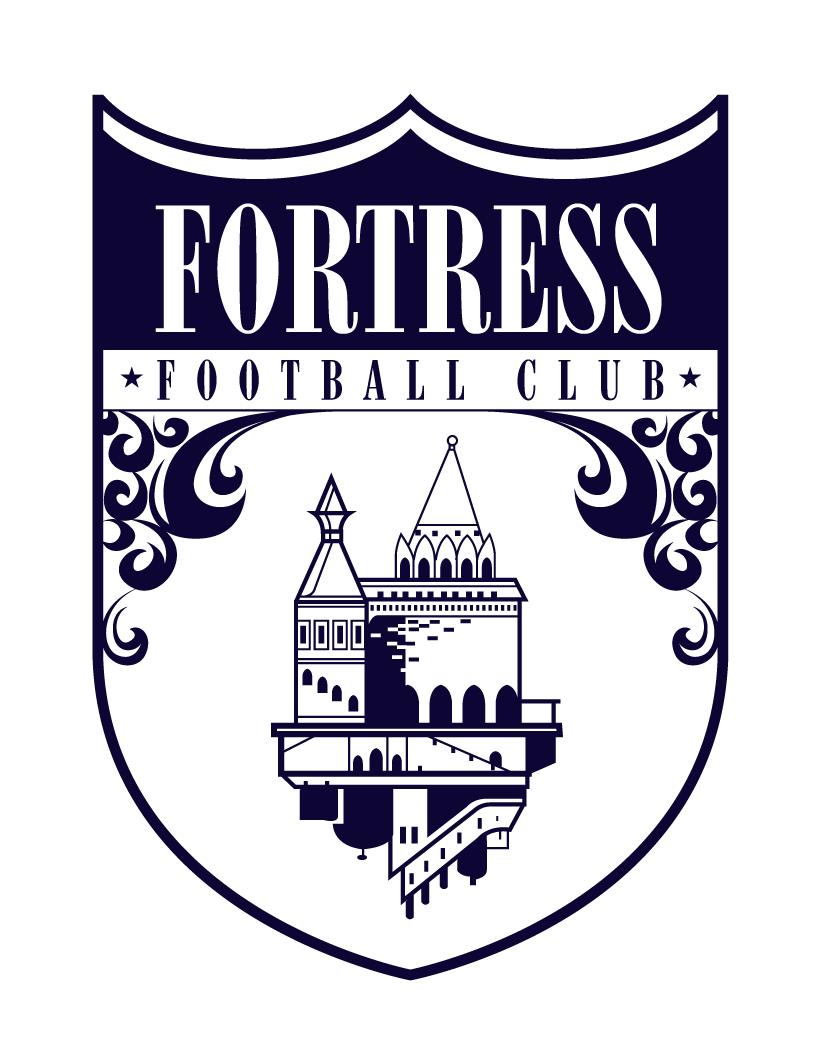Overloading the Midfield
Our focus this week is on overloading the midfield.
What exactly do I mean by this?
An overload is when we have more players in a specific area than our opponents. When we divide our lines vertically, we can put our team into three lines, mainly: Defense, Midfield, and Attack.
In our buildup play, we take away players from our Defense and/or Attack lines and add them into our Midfield line.
This is simplistic, as we’re only looking at our team. But what if we flip it, and base our positioning on the positioning of our opponents?
Let me show you.
Here’s an example vs. a common press:
Our positioning remains unchanged from our example above. The spaces can be larger here, especially if we beat the first line of opposition (their attacking line). It depends on how small of a space they can squeeze us into.
But notice the difference with this opposition, playing in a low block:
The space is tighter because we are closer to the goal. It’s important here to draw out the opponent just like in the opposition high press. However, here the ball needs to move quicker as the spaces are tighter in front of us. Players who can “unlock” low blocks are incredibly valuable to teams who dominate possession.
One thing we want to discern in our buildup is when our teammate on the ball needs help and when our teammate on the ball is inviting the press. These can look as one in the same but they’re not. The former implies indecision or a lack of options and the latter is the trigger for a sequence that beats one or more of the opposition’s lines.
Our Center Backs explored “being comfortable in the uncomfortable" last week, meaning inviting the press by passing, dribbling, or putting their foot on the ball, and timing the passing sequence that beats the press correctly.
This week we emphasize where, when, and how the midfield overload happens.



